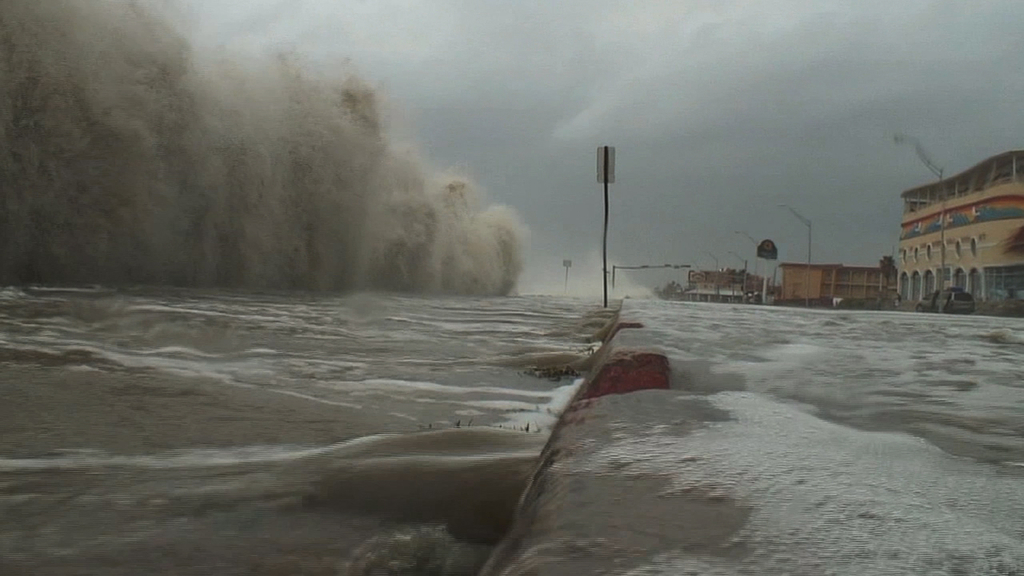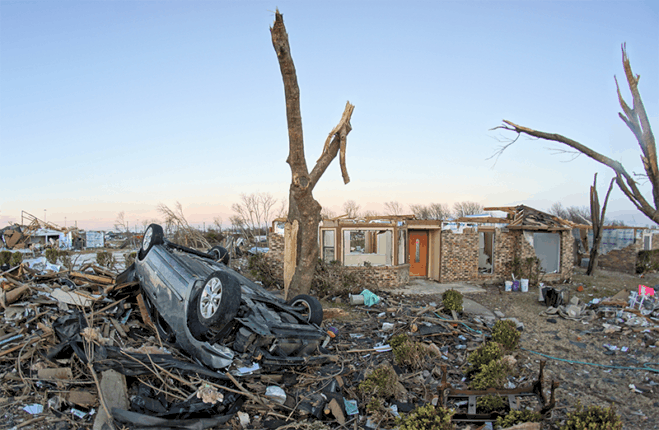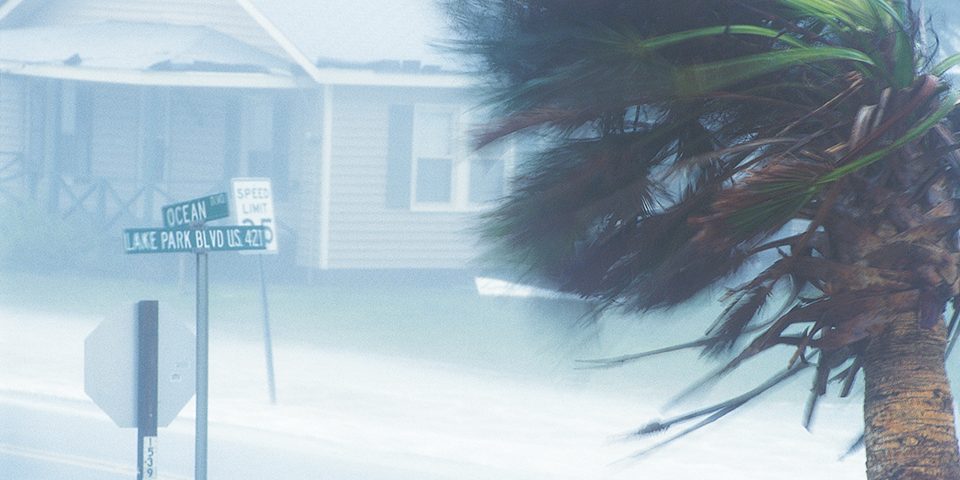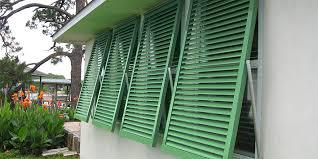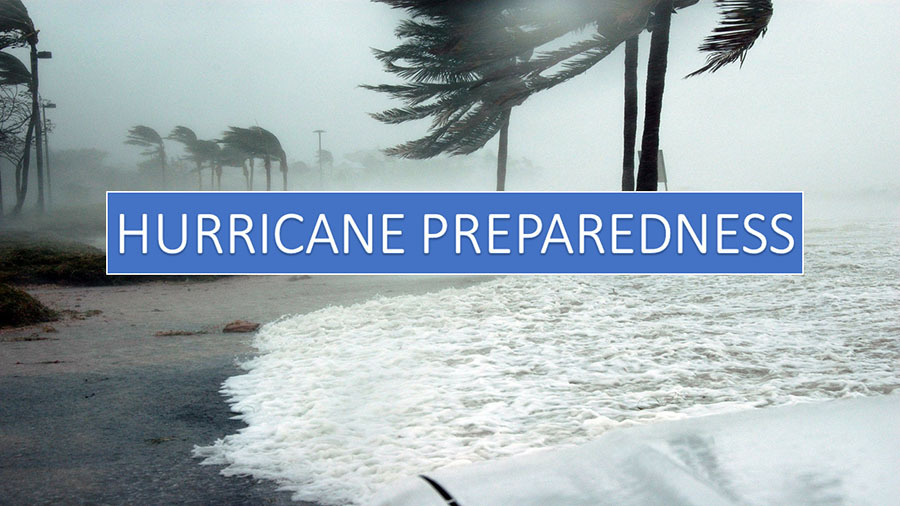
Hurricane Survival Guide FAQ
June 1, 2018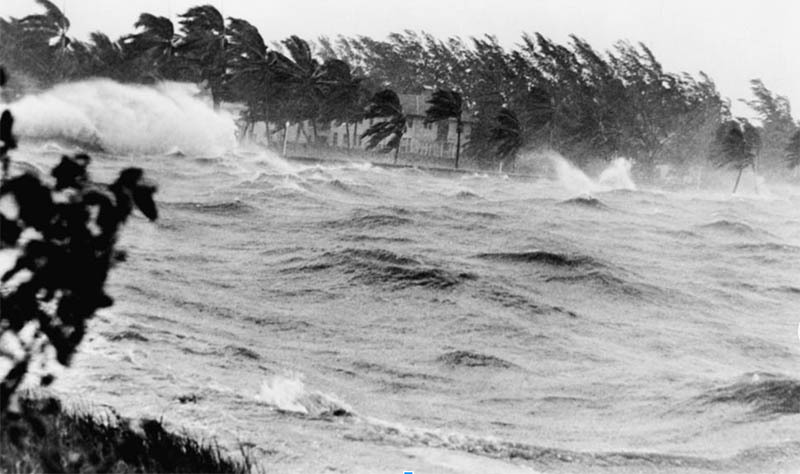
Steps to Protect Your Home Early Against Hurricanes in Summer
July 1, 2018What is and isn’t storm surge.
According to the National Hurricane Center, storm surge is the abnormal rise of water generated by a storm that goes above and beyond regular, astronomical tides. This rise in water level can – and has caused – extreme flooding, in excess of 20 feet in cases when high tide and storm surge have coincided.
Storm surge does move quickly – rising feet in just minutes, and can come with great force, but it is not a “wall of water” or tsunami. The water is being pushed forward by the low pressure and strong wind forces of the hurricane.
What’s the difference between storm surge and storm tide?
Storm surge is, as we’ve discussed, purely the movement of the water over and above the regular astronomical tides. This shouldn’t be confused with storm tide which is the rise in water level due to the combination of both the storm surge and astronomical tide. This can be especially dangerous when normal, astronomical high tide coincides with storm surge.
What factors affect storm surge?
There are three primary factors that contribute to the creation of storm surge:
- The main factor, contributing more that 85% of the surge, is the water literally piling up due to the sheer force of hurricane winds.
- Another factor is the “wave set-up” which contributes about 5-10% of the surge. Wave set-up is the action of the waves pushing water inland faster than it can drain back out.
- Finally, the low pressure of the hurricane sucking the water up higher into the air. This contributes to about 5-10% of the surge.
There are also four main factors that contribute to the effects of the surge:
- Intensity – The intensity of the storm; the wind speed and low pressure of the system can determine the amount of water moved ashore.
- Size – larger storms affect longer stretches of coastline; storms with larger eyes create larger surges.
- Angle – The highest surges generally occur to the right of the storm track. The direction a storm hits can impact the amount of flooding to an area.
- Speed – Fast moving storms create high surges along the coast, where slower moving storms have a greater impact on protected bays and estuaries.
How would I be affected by storm surge?
In coastal areas storm surge resulting from a hurricane poses a significant threat to lives and homes. The surge brought by a Category 2 hurricane could result in water levels rising to 14 feet above sea level; flooding most of our direct coastal areas. The worst-case scenario, a Category 4 storm, could bring water levels to as much as 25 feet above sea level
What can I do?
Be sure your home is well prepared for a hurricane in advance. Having your home prepared for a storm will give you peace of mind in the event that you need to evacuate. Contact Harper’s to find out what you can do to make your home storm ready long before the hurricane season arrives.

